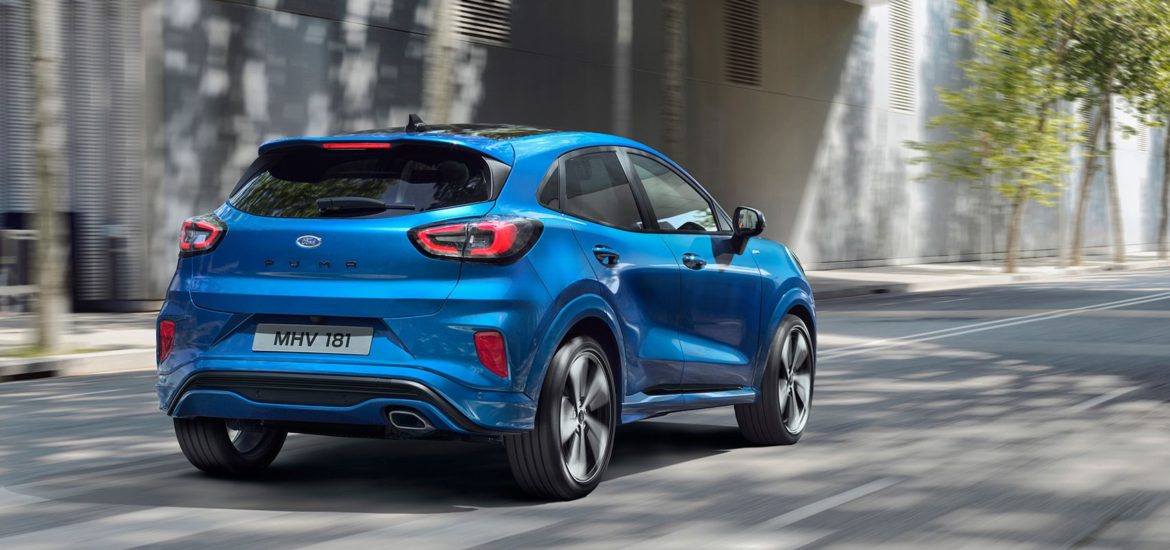The Ford Puma was first introduced to the European as a compact coupe in 1997 until 2001. Wikipedia says
“All Pumas are front-engined, front-wheel-drive, three-door coupés with four seats. They came with 15-inch (380 mm) alloy wheels as standard, (although the Ford Racing Puma was equipped with 17-inch (430 mm) alloy wheels), with front disc and rear drum brakes. The car was based on the Mark 4 Ford Fiesta, with new engines (codeveloped with Yamaha), a new body, stiffer suspension, wider track and close-ratio gearbox, among other changes.
The Puma was available with four engine options: 1.4-litre (1997-2000), 1.6-litre (2000-2001), 1.7-litre VCT (only used in the Puma), and the Tickford-tuned 1.7-litre VCT (which was only used in the Ford Racing Puma), each of which used Ford’s 16-v Sigma engines branded as Zetec-SE. Additionally, the 1.7-litre engines used Nikasil cylinder plating, which required a specific grade of oil (5W30 semisynthetic) to minimize mechanical wear.
All 1.7-litre-engined Pumas were equipped with low-speed traction control and antilock brakes. The antilock braking system was optional in the 1.4-litre Puma.
During the relatively short production run, there was an approximate total of 133,000 Pumas built (all models including the Ford Racing Puma). At its peak there were 52,950 registered with the DVLA in the UK, which has since reduced to 11,095 (including 5,453 that are SORN [Statutory Off Road Notification]) as of Q4 2018.”
The Puma was recently (2019) re-introduced in Europe as a compact SUV built on the chassis of a Ford Fiesta. Ford Europe released this fun summer video of the Puma.

